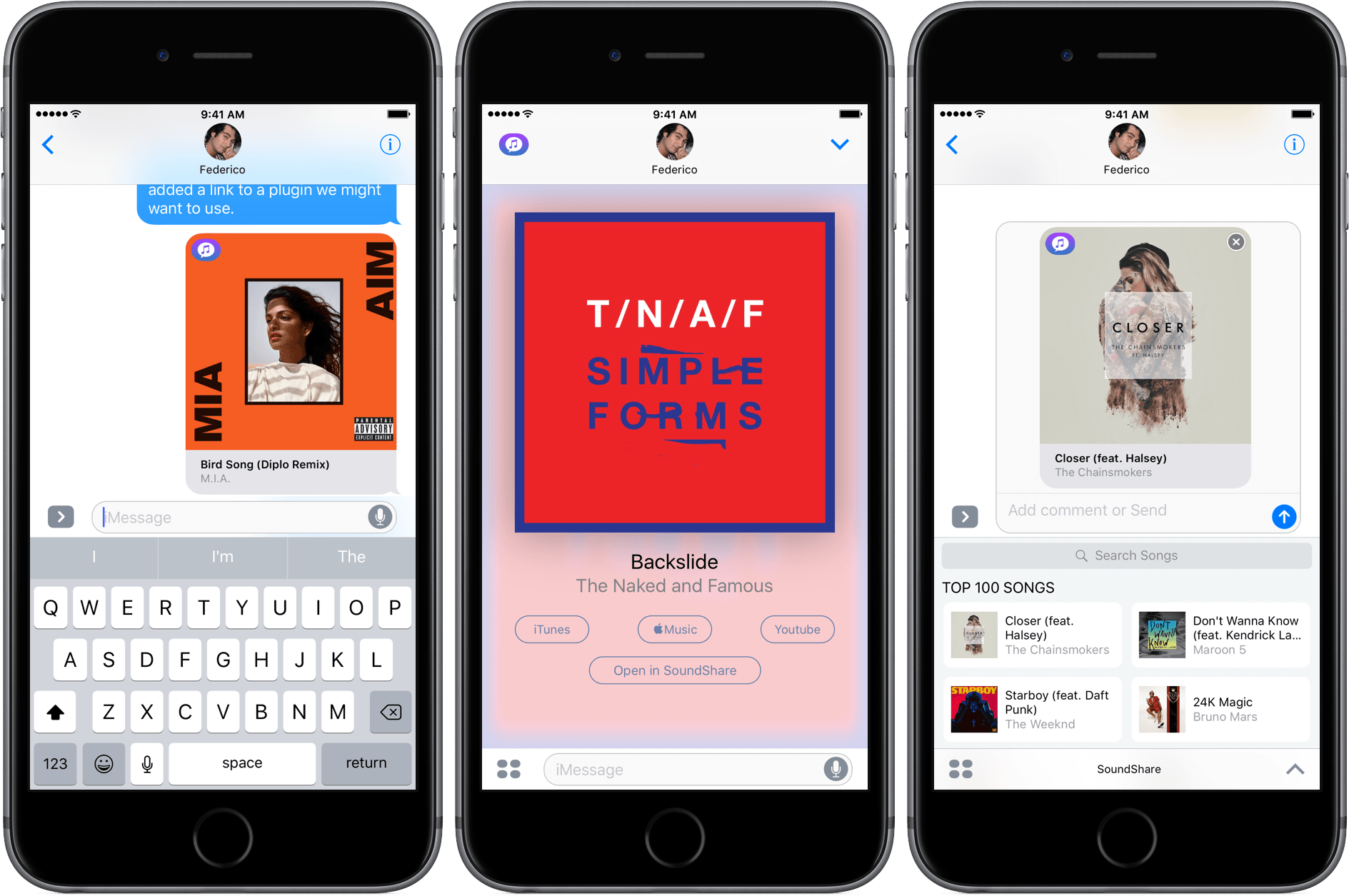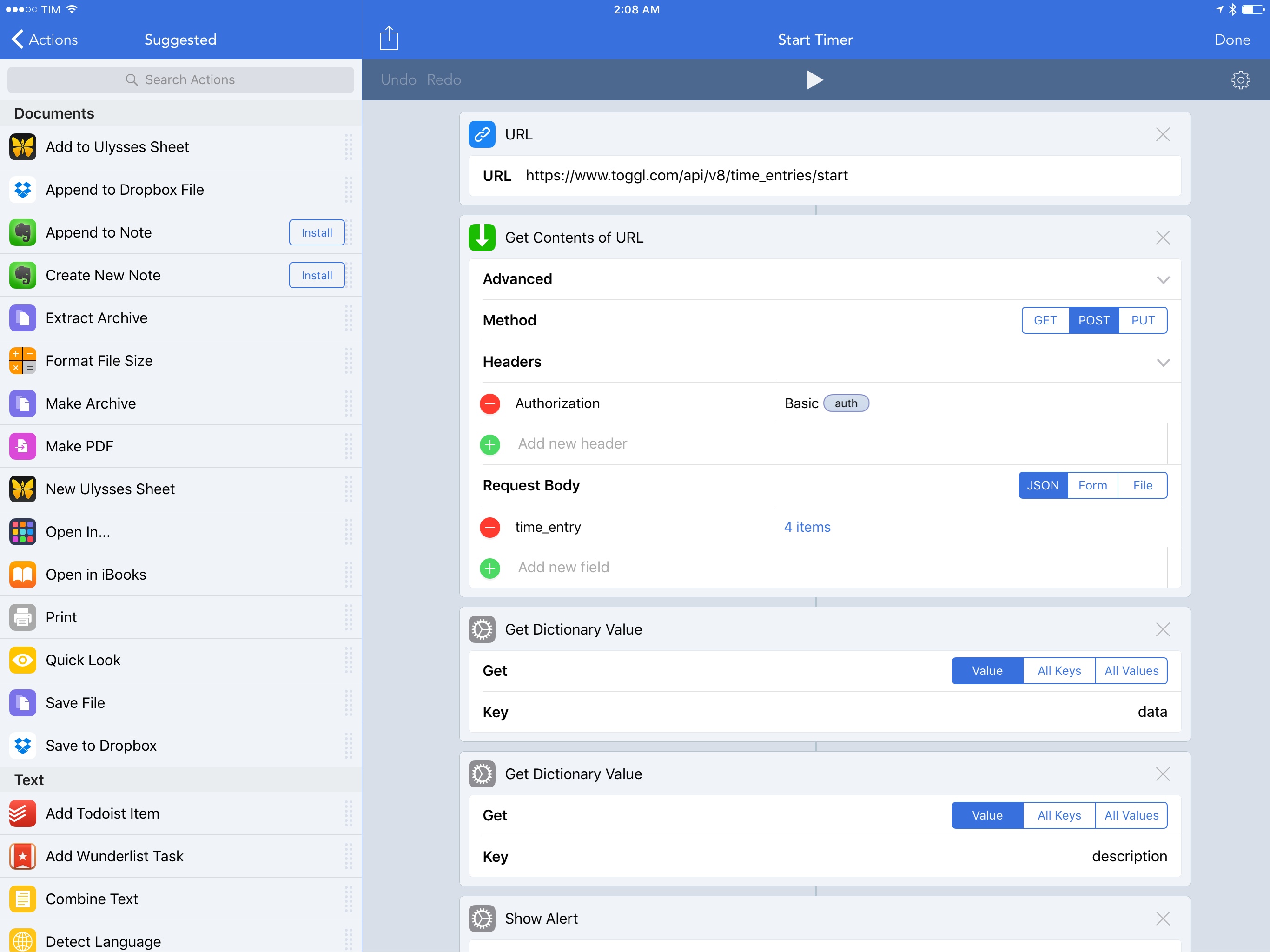This is a good video by Marques Brownlee on where things stand today between Siri (iOS 10) and the Google Assistant (running Android Nougat on a Google Pixel XL). Three takeaways: Google Assistant is more chatty than old Google Voice Search; Google still seems to have an edge over Siri when it comes to follow-up questions based on topic inference (which Siri also does, but not as well); and, Siri holds up well in most types of questions asked by Brownlee.
In my daily experience, however, Siri still falls short of basic tasks too often (two examples) and deals with questions inconsistently. There is also, I believe, a perception problem with Siri in that Apple fixes obvious Siri shortcomings too slowly or simply isn’t prepared for new types of questions – such as asking how the last presidential debate went. In addition, being able to text with Google Assistant in Allo for iOS has reinforced a longstanding wish of mine – the ability to converse silently with a digital assistant. I hope Siri gets some kind of textual mode or iMessage integration in iOS 11.
One note on Brownlee’s video: the reason Siri isn’t as conversational as Google Assistant is due to the way Brownlee activates Siri. When invoked with the Home button (or by tapping the microphone icon), Siri assumes the user is looking at the screen and provides fewer audio cues, prioritizing visual feedback instead. If Brownlee had opened Siri using “Hey Siri” hands-free activation, Siri would have likely been just as conversational as Google. I prefer Apple’s approach here – if I’m holding a phone, it means I can look at the UI, and there’s no need to speak detailed results aloud.





